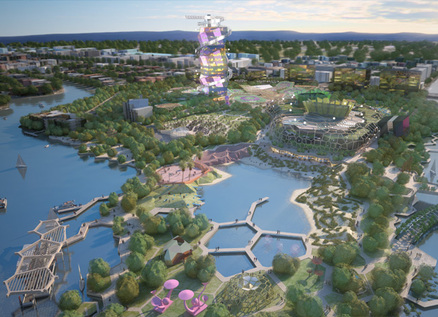
From a field that included the pantheon of late 20th/early 21st century, the ARM Architecture team I'm a part of has won the Gold Coast Cultural Precinct Design Competition. Competitors included Nikken Sekkei (Japan's oldest firm), Crab Studio, Foster + Partners, Ken Yeang, MVRDV, OMA (Rem Koolhas), Daniel Libeskind, UN Studio and Zaha Hadid. After a pretty quiet period, this is a most welcome fillip professionally and an incredible emotional boost. Well done to ARM for putting together such a brilliant team and pulling together all our ideas into a fantastically formed design hook.
More here!
Click here for the ARM Architecture Stage Two Submission
More here!
Click here for the ARM Architecture Stage Two Submission

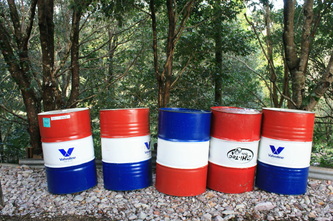
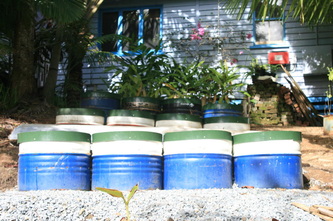
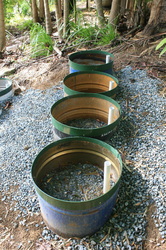
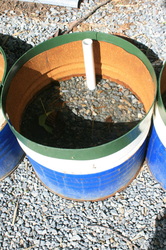
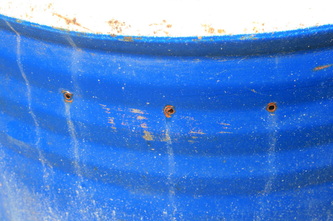
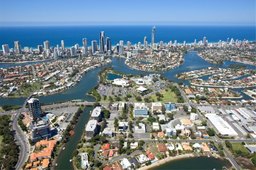
 RSS Feed
RSS Feed

